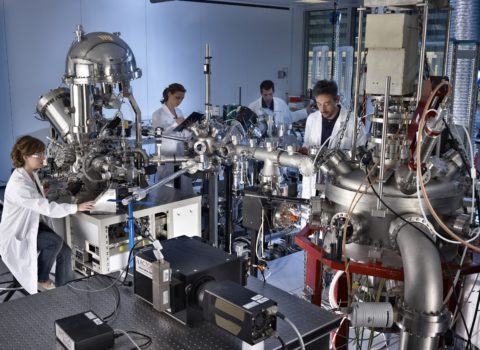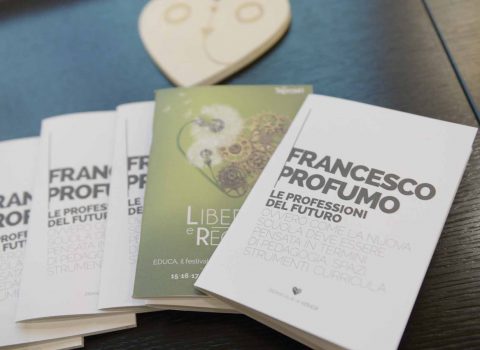
Diversity is being invited to the party. Inclusion is being invited to dance.
An editorial dedicated to equity and inclusion initiatives in FBK on the occasion of the European Month of Diversity
This is the most famous quote by Verna Myers – a well-known American activist – to define these two concepts that often seem interchangeable as they are strongly juxtaposed. However, diversity is a fact, inclusion is a choice.
Let us first try to clarify these terms: diversity means the plurality of demographic differences that characterise human beings by ethnicity, religion, age, gender, sexual orientation and disability.
Inclusion refers instead to that feeling of belonging that is created in an environment where every individual is respected, valued, accepted and encouraged to express his/her own authenticity and opinions.
The basis of D&I (Diversity&Inclusion) is based on the principle that people are the soul of the company and that they do not only bring skills into it, but also different characteristics that affect the work environment. This is the space – or, more precisely, “the dance floor” – in which our inclinations, characteristics, orientations and approaches to reality converge in the organizational context. Many studies show that the most inclusive companies are also the most creative, innovative and performing, as well as the most responsive in terms of resilience.
To return to Myers’ metaphor of the dance party, the first challenge that a reality like FBK must face to prepare the dance floor is certainly to translate the principles of diversity and inclusion into concrete policies. To be properly effective D&I strategies must listen to the uniqueness of the people who operate within the organization, where they spend a considerable part of their daily time.
The Foundation, thanks to its DNA as an international research and innovation institution, can boast a long experience in many of the issues related to inclusion, just think of the Family Audit certification to promote a work environment attentive to the work-life balance with which the first initiatives of teleworking and hourly flexibility were experimented in 2010. In those years an office dedicated to the welcome of foreign personnel was also created, gender policies defined within the FESTA project were dismissed and the first targeted integration paths for personnel belonging to protected categories were started.
In the last 2-3 years, the Human Resources Service has tried to renew the dance floor, expanding attention to the issues of inclusion through the creation of a dedicated team and increasing the attention to its staff through a series of communication initiatives, questionnaires and support desks for the entire corporate staff. With the support of a virtual discussion platform, FBK tries to give voice to people, to the different stakeholders and to stimulate their participation in decisions related to organizational changes and new work models.
After the end of the pandemic emergency, a corporate work agreement was developed, signed with the RSA, which aims to offer the staff the opportunity to customise its work performance through individual reciprocity agreements acting on the levers of welfare and flexibility, training and tailor-made incentive systems.
D&I issues are also addressed in several training initiatives at all managerial levels to better develop staff skills, in particular empathy, listening and responsibilities as key concepts of change and of the new institutional leadership model.
The Board of Directors also deals with issues related to gender and the enhancement of personnel where, among the elected figures, there is a female reference director.
In terms of equal opportunities, important measures have been taken: from a gender audit exercise to identify the critical points within the Foundation to the drafting of the Gender Equality Plan, from the development of tools for measuring and monitoring data to the publication of guidelines for the use of language more attentive to gender diversity.
Also to promote gender balance, at present the Foundation is working to attract talents and new professionalism in the STEM areas (i.e.: Science, Technology, Engineering and Mathematics) with the aim of increasing the presence of women in these disciplines and especially in top positions.
In recent months, the Human Resources Service has also been developing experimental proposals both with respect to generational change with regard to role changes and succession plans, and with regard to covering the mandatory quotas of personnel belonging to protected categories with the Labour Agency.
In this framework of territorial living lab where attention is paid to innovation and experimentation, the Foundation’s commitment is to build an organization in which everyone can really dance, at his/her own pace.


